Petr Musilek
University of Alberta
Forecasting Multivariate Urban Data via Decomposition and Spatio-Temporal Graph Analysis
May 28, 2025Abstract:The forecasting of multivariate urban data presents a complex challenge due to the intricate dependencies between various urban metrics such as weather, air pollution, carbon intensity, and energy demand. This paper introduces a novel multivariate time-series forecasting model that utilizes advanced Graph Neural Networks (GNNs) to capture spatial dependencies among different time-series variables. The proposed model incorporates a decomposition-based preprocessing step, isolating trend, seasonal, and residual components to enhance the accuracy and interpretability of forecasts. By leveraging the dynamic capabilities of GNNs, the model effectively captures interdependencies and improves the forecasting performance. Extensive experiments on real-world datasets, including electricity usage, weather metrics, carbon intensity, and air pollution data, demonstrate the effectiveness of the proposed approach across various forecasting scenarios. The results highlight the potential of the model to optimize smart infrastructure systems, contributing to energy-efficient urban development and enhanced public well-being.
Decentralized Coordination of Distributed Energy Resources through Local Energy Markets and Deep Reinforcement Learning
Apr 19, 2024Abstract:As the energy landscape evolves toward sustainability, the accelerating integration of distributed energy resources poses challenges to the operability and reliability of the electricity grid. One significant aspect of this issue is the notable increase in net load variability at the grid edge. Transactive energy, implemented through local energy markets, has recently garnered attention as a promising solution to address the grid challenges in the form of decentralized, indirect demand response on a community level. Given the nature of these challenges, model-free control approaches, such as deep reinforcement learning, show promise for the decentralized automation of participation within this context. Existing studies at the intersection of transactive energy and model-free control primarily focus on socioeconomic and self-consumption metrics, overlooking the crucial goal of reducing community-level net load variability. This study addresses this gap by training a set of deep reinforcement learning agents to automate end-user participation in ALEX, an economy-driven local energy market. In this setting, agents do not share information and only prioritize individual bill optimization. The study unveils a clear correlation between bill reduction and reduced net load variability in this setup. The impact on net load variability is assessed over various time horizons using metrics such as ramping rate, daily and monthly load factor, as well as daily average and total peak export and import on an open-source dataset. Agents are then benchmarked against several baselines, with their performance levels showing promising results, approaching those of a near-optimal dynamic programming benchmark.
Adversarial Fine-tune with Dynamically Regulated Adversary
Apr 28, 2022
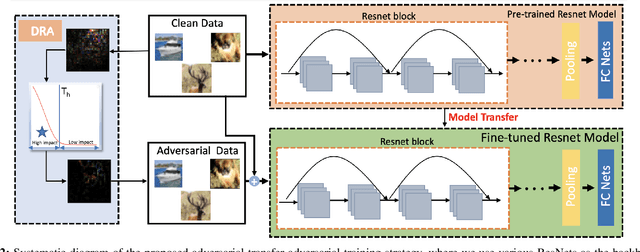
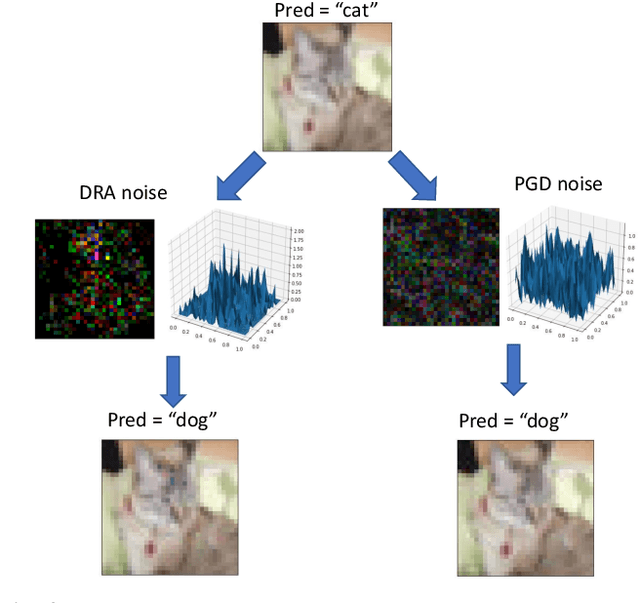

Abstract:Adversarial training is an effective method to boost model robustness to malicious, adversarial attacks. However, such improvement in model robustness often leads to a significant sacrifice of standard performance on clean images. In many real-world applications such as health diagnosis and autonomous surgical robotics, the standard performance is more valued over model robustness against such extremely malicious attacks. This leads to the question: To what extent we can boost model robustness without sacrificing standard performance? This work tackles this problem and proposes a simple yet effective transfer learning-based adversarial training strategy that disentangles the negative effects of adversarial samples on model's standard performance. In addition, we introduce a training-friendly adversarial attack algorithm, which facilitates the boost of adversarial robustness without introducing significant training complexity. Extensive experimentation indicates that the proposed method outperforms previous adversarial training algorithms towards the target: to improve model robustness while preserving model's standard performance on clean data.
Federated Learning with Hyperparameter-based Clustering for Electrical Load Forecasting
Nov 14, 2021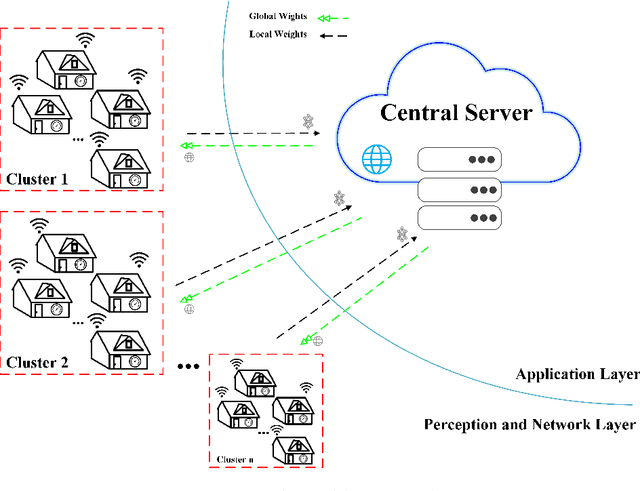

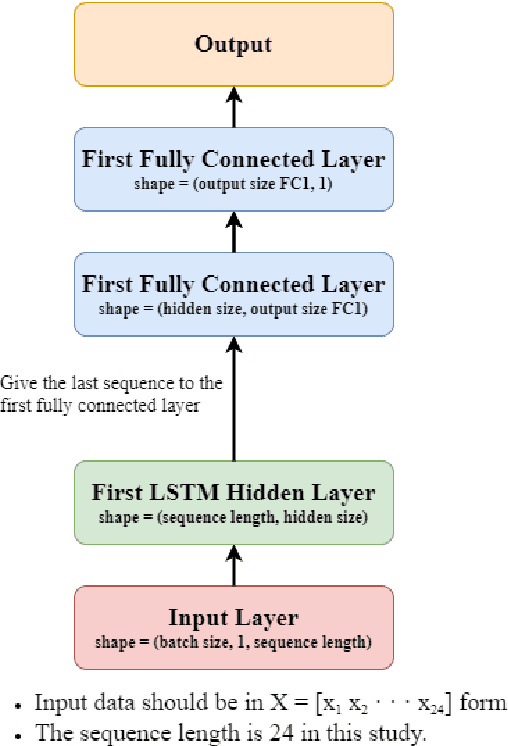

Abstract:Electrical load prediction has become an integral part of power system operation. Deep learning models have found popularity for this purpose. However, to achieve a desired prediction accuracy, they require huge amounts of data for training. Sharing electricity consumption data of individual households for load prediction may compromise user privacy and can be expensive in terms of communication resources. Therefore, edge computing methods, such as federated learning, are gaining more importance for this purpose. These methods can take advantage of the data without centrally storing it. This paper evaluates the performance of federated learning for short-term forecasting of individual house loads as well as the aggregate load. It discusses the advantages and disadvantages of this method by comparing it to centralized and local learning schemes. Moreover, a new client clustering method is proposed to reduce the convergence time of federated learning. The results show that federated learning has a good performance with a minimum root mean squared error (RMSE) of 0.117kWh for individual load forecasting.
Applications of Generative Adversarial Networks in Anomaly Detection: A Systematic Literature Review
Oct 22, 2021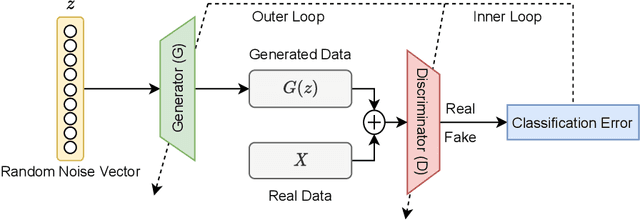
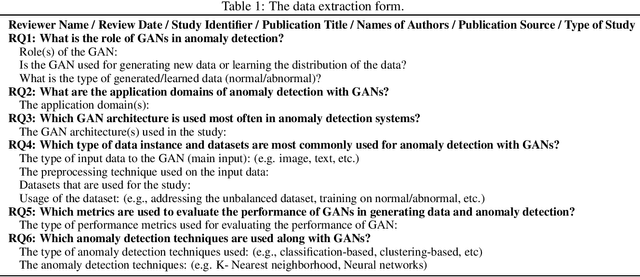
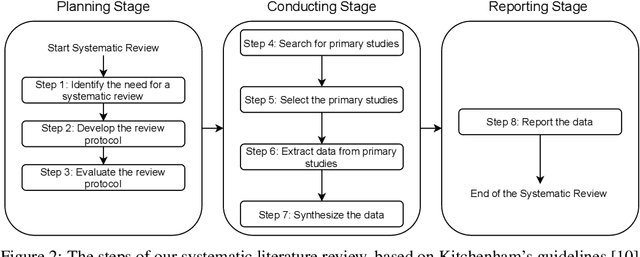

Abstract:Anomaly detection has become an indispensable tool for modern society, applied in a wide range of applications, from detecting fraudulent transactions to malignant brain tumours. Over time, many anomaly detection techniques have been introduced. However, in general, they all suffer from the same problem: a lack of data that represents anomalous behaviour. As anomalous behaviour is usually costly (or dangerous) for a system, it is difficult to gather enough data that represents such behaviour. This, in turn, makes it difficult to develop and evaluate anomaly detection techniques. Recently, generative adversarial networks (GANs) have attracted a great deal of attention in anomaly detection research, due to their unique ability to generate new data. In this paper, we present a systematic literature review of the applications of GANs in anomaly detection, covering 128 papers on the subject. The goal of this review paper is to analyze and summarize: (1) which anomaly detection techniques can benefit from certain types of GANs, and how, (2) in which application domains GAN-assisted anomaly detection techniques have been applied, and (3) which datasets and performance metrics have been used to evaluate these techniques. Our study helps researchers and practitioners to find the most suitable GAN-assisted anomaly detection technique for their application. In addition, we present a research roadmap for future studies in this area.
Forecasting Photovoltaic Power Production using a Deep Learning Sequence to Sequence Model with Attention
Aug 06, 2020



Abstract:Rising penetration levels of (residential) photovoltaic (PV) power as distributed energy resource pose a number of challenges to the electricity infrastructure. High quality, general tools to provide accurate forecasts of power production are urgently needed. In this article, we propose a supervised deep learning model for end-to-end forecasting of PV power production. The proposed model is based on two seminal concepts that led to significant performance improvements of deep learning approaches in other sequence-related fields, but not yet in the area of time series prediction: the sequence to sequence architecture and attention mechanism as a context generator. The proposed model leverages numerical weather predictions and high-resolution historical measurements to forecast a binned probability distribution over the prognostic time intervals, rather than the expected values of the prognostic variable. This design offers significant performance improvements compared to common baseline approaches, such as fully connected neural networks and one-block long short-term memory architectures. Using normalized root mean square error based forecast skill score as a performance indicator, the proposed approach is compared to other models. The results show that the new design performs at or above the current state of the art of PV power forecasting.
Identification of Pleonastic It Using the Web
Jan 15, 2014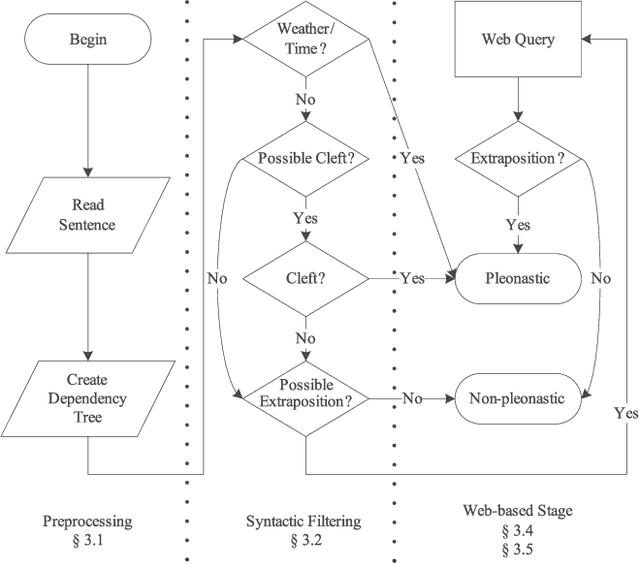
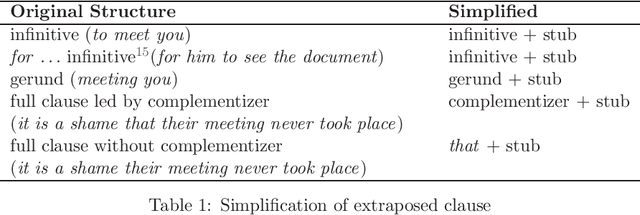
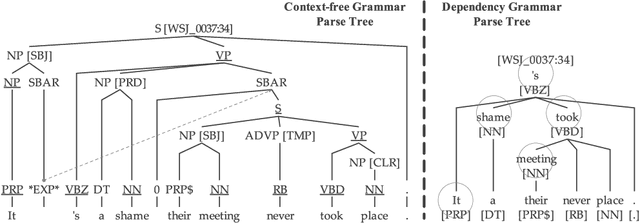

Abstract:In a significant minority of cases, certain pronouns, especially the pronoun it, can be used without referring to any specific entity. This phenomenon of pleonastic pronoun usage poses serious problems for systems aiming at even a shallow understanding of natural language texts. In this paper, a novel approach is proposed to identify such uses of it: the extrapositional cases are identified using a series of queries against the web, and the cleft cases are identified using a simple set of syntactic rules. The system is evaluated with four sets of news articles containing 679 extrapositional cases as well as 78 cleft constructs. The identification results are comparable to those obtained by human efforts.
 Add to Chrome
Add to Chrome Add to Firefox
Add to Firefox Add to Edge
Add to Edge